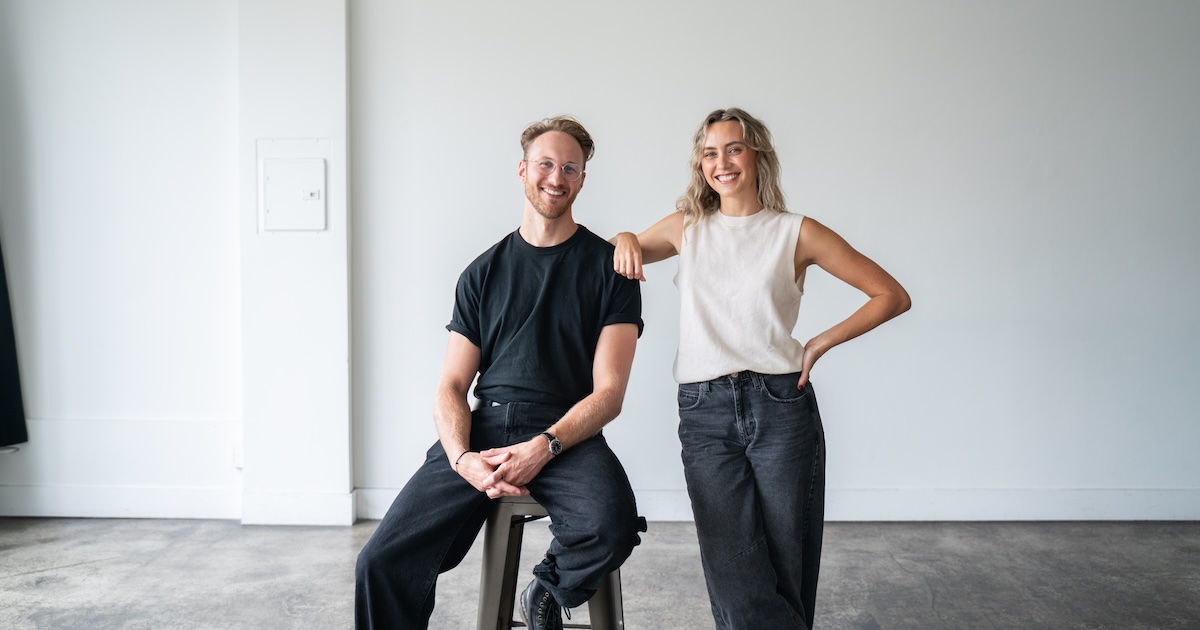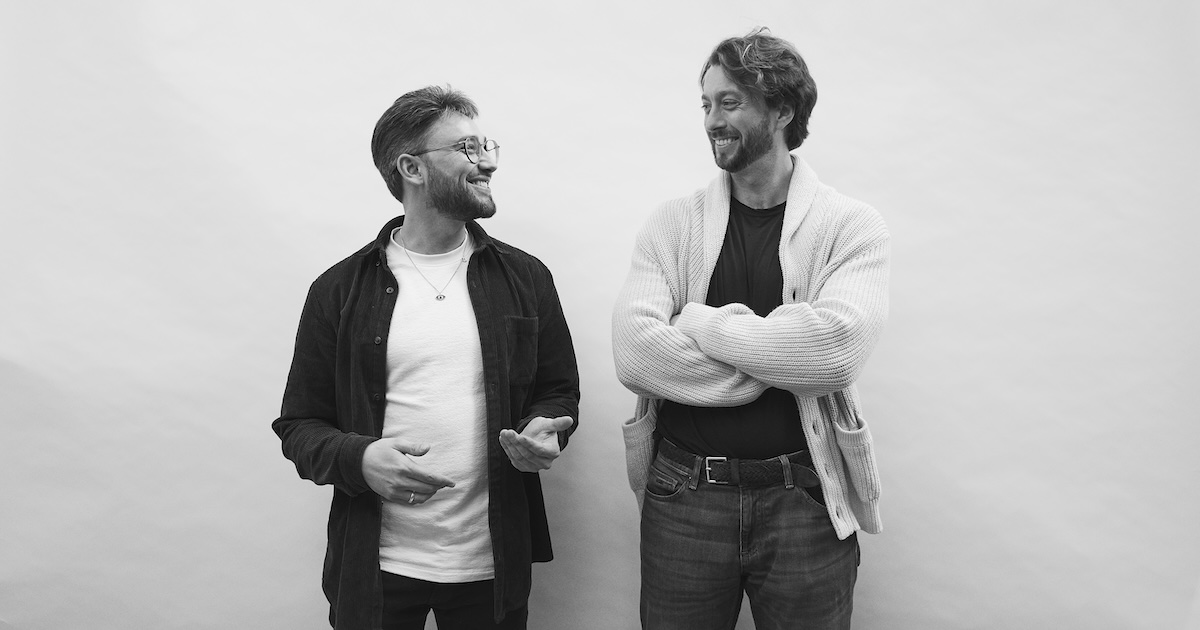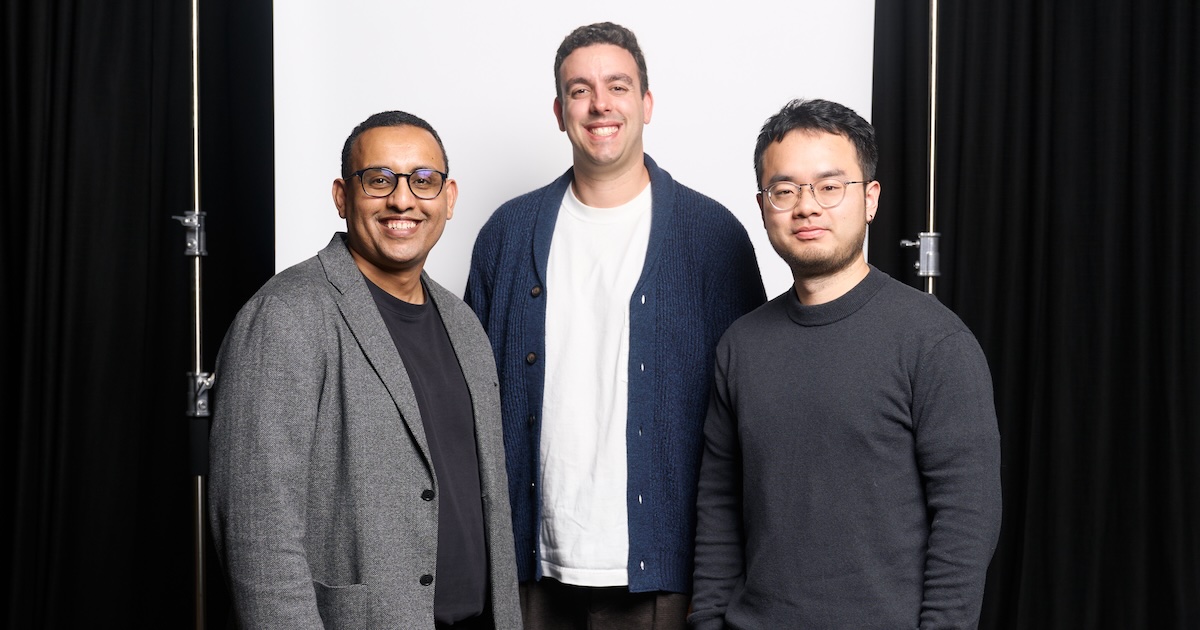
What I’m now looking for in Australian and New Zealand SaaS
With eight years of hindsight, our most successful SaaS companies share these key characteristics.
When we founded Blackbird in 2012 we looked to the successful Australian SaaS startups of the time like Atlassian, Campaign Monitor and Aconex. We believed there would be another cohort of great SaaS companies built from Australia and we turned out to be right. (SaaS = Software as a Service)
We were fortunate to back a handful of exceptional Aussie SaaS companies at Blackbird: Canva, SafetyCulture, Culture Amp, Bugcrowd, Propeller, and Skedulo, to name a few from our first fund. These companies have propelled the first Blackbird Fund to be worth more than 10x the invested capital, with lots more upside to come.
Looking at our most successful SaaS companies and with eight years of hindsight, they have most or all of the following characteristics:
Bottom-up sales models: This is driven by users inside organisations finding, trying and buying the product, then championing it within their organisation. It contrasts with the traditional enterprise sales model which starts at the top, looking to sell to the head of a department. The bottom-up model was pioneered by Atlassian, famously because Mike and Scott couldn’t afford salespeople at the time. This necessity propelled them to build one of the most efficient SaaS startups of all time. Canva is another great example of this, having built SaaS revenue of hundreds of millions of dollars without a single salesperson.
Digital sales and self-serve: This goes hand in hand with the bottom-up sales model, where digital marketing — often content and SEO and good old word of mouth — is used instead of human salesforces. Check out SafetyCulture’s excellent customer stories and public library of over 100,000 checklists which drive new users to the product, or ask a question of a fellow People Geek in Culture Amp’s community. Self-serve: We love seeing a “try now” button rather than a “book a demo” button on a website. You can download and start using SafetyCulture’s products without talking to anyone at SafetyCulture, roll it out to your team, and of course start paying if you want to access more advanced features.
Global markets: All of our early SaaS investments tackled global markets from the outset. It’s much easier to do if you’ve created a product with the attributes 1–3 above. I’ve written about this in the past. Functional vs vertical: Some VCs love functional businesses. These businesses create products that solve functional problems within many types of businesses and industries. Atlassian solves collaboration, Canva graphic design, SafetyCulture workplace safety, and Culture Amp workforce culture. These products are applicable across a wide range of industries. Other VCs love industry vertical SaaS businesses — tools customised closely to the workflows of a single industry. At Blackbird, we have invested across both types of SaaS, but have tended to have the biggest success with functional ones, which can grow into enormous global markets.
Really changing something — not just making someone’s job 10% more efficient: I’ve used this phrase a lot internally at Blackbird, and it’s been used by the team to test me when I’ve brought SaaS companies to them for scrutiny. Canva really changes the way people think about graphic design. SafetyCulture brought a new way of implementing safety, Skedulo changes the way people schedule field workforces, Culture Amp changes the way you measure your culture, and Bugcrowd changes the way cyber vulnerability testing is done. These products bring step changes to the function rather than just helping someone do the same thing in the same way but with slightly more efficiency.
Launching features that previously could only be afforded by the bigger companies: This is a theme I love. Canva lets ordinary people create beautiful graphic designs when they used to have to employ a graphic designer. SafetyCulture allows companies of all sizes to have a robust safety system, something previously only available to large corporates. Culture Amp allows smaller teams to measure and benchmark their team culture directly, rather than having to employ expensive consultants (we now advise any startup with over 20 employees to start using Culture Amp).
PRODUCT, PRODUCT, PRODUCT: All of our best SaaS companies are product-obsessed. The founders are passionate about building a beautiful product and they have big ambitious product roadmaps. In many cases the products sell themselves (bottom-up, digital sales, self-serve). People love them — they form communities around the product and tell their friends and colleagues about them.
Has the low hanging fruit of SaaS been picked and eaten?
Ten years ago, just being in the cloud with a good UX was a competitive advantage. Now, it’s table stakes. There is a lot of noise in the B2B SaaS space — companies of all sizes are being bombarded with new products and it’s hard to cut through it all. For a while, we worried that the low hanging fruit had been picked, that the SaaS wave might have passed. But more recently we’ve seen a bunch of companies that have renewed our passion for SaaS.
What are we looking for now?
We still love all the above characteristics, and we’re also starting to see a new class of SaaS that has some further attributes:
Network effects: I’m interested in SaaS tools that bring people together (both inside and outside the organisation) to get a task done in a way they couldn’t before. Integrations with other platforms: Over the last ten years we saw the explosion of data collected about everything we do. The next wave will see that data shared with other applications we use to enable new ways of working and to create new insights. For example, SafetyCulture has formed a partnership with insurance company QBE, to share data and create better insurance products for SafetyCulture’s customers. Canva has opened an app store and allows anyone to build apps on its platform.
Machine learning: AI is often overhyped, but we are very interested in machine learning which allows teams to do things they couldn’t do before. For example, we recently invested in Hivery, which uses machine learning to optimise stocking of supermarket shelves and vending machines site by site. This could never have been done manually due to the huge number of combinations needed for thousands of outlets. We also love applying machine learning to medical diagnostics and have made three investments in this area: Harrison.ai, Vexev and See-Mode. Re-imagined functional SaaS: We love functional SaaS even more now and are emphasising “re-imagining” a function from the ground up. We want to see people using technology to do things differently with significantly better outcomes. A recent example is Applied, which is reimagining the hiring process by getting rid of CVs and the inherent bias they bring. We’ve now hired most of our team using Applied and we are thrilled with the process and the results.
PRODUCT, PRODUCT, PRODUCT: It’s worth repeating again as it is such a core part of our investment thesis. We love beautiful products built by product obsessed teams. When it works it really works!
When a SaaS business model clicks, it’s a wonderful thing to watch. The recurring revenue model allows for hyper-growth and sticky customers who buy more of the product. The Bessemer State of the Cloud illustrates how these SaaS are becoming the fastest growing companies in history.

This is why SaaS companies are currently valued so highly in the public markets.

Innovation thrives in times of change and the onslaught of COVID-19 has bought a lot of change to the way we work. We think this will drive the next wave of SaaS and are excited to see what it brings. As always, if you are starting a business with some of these attributes, please do let us know. Nothing is too early for Blackbird to invest if we really love the product and the market potential. We made some of our best investments at the idea stage — Canva and Zoox for example. If that’s you, hit me up on Twitter (@rcsbaker).









